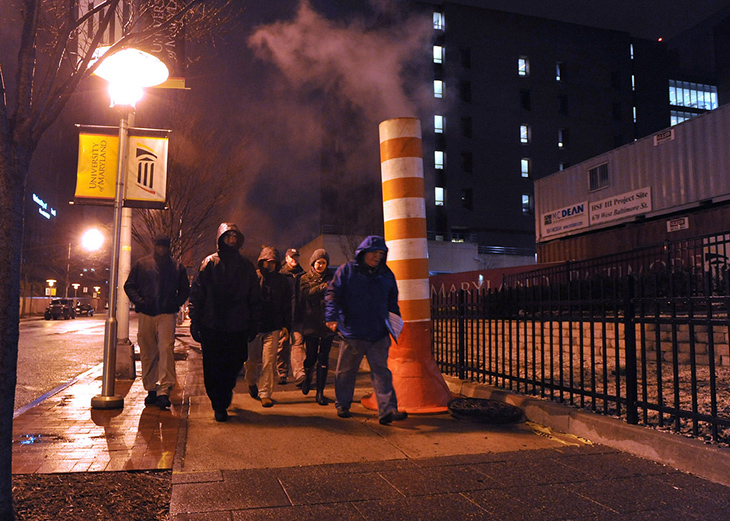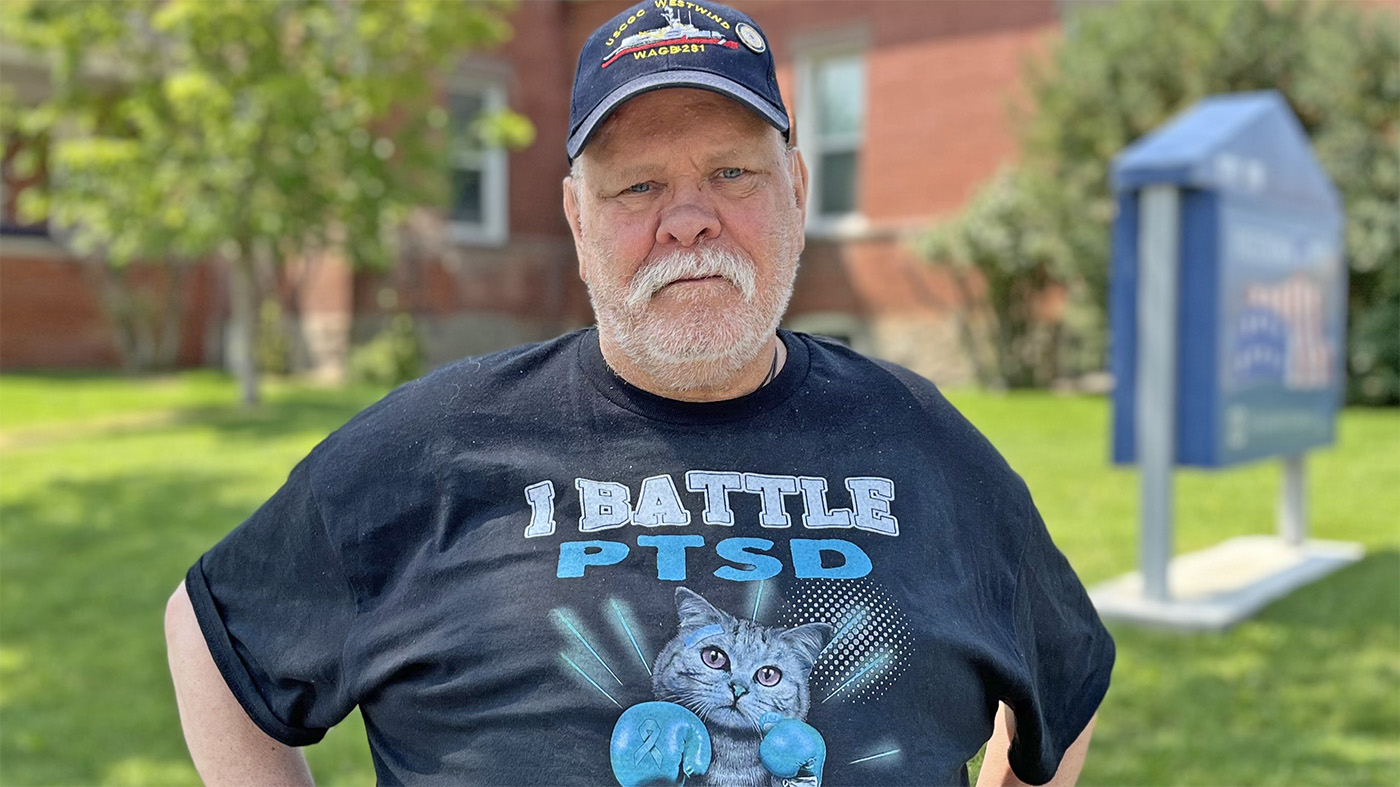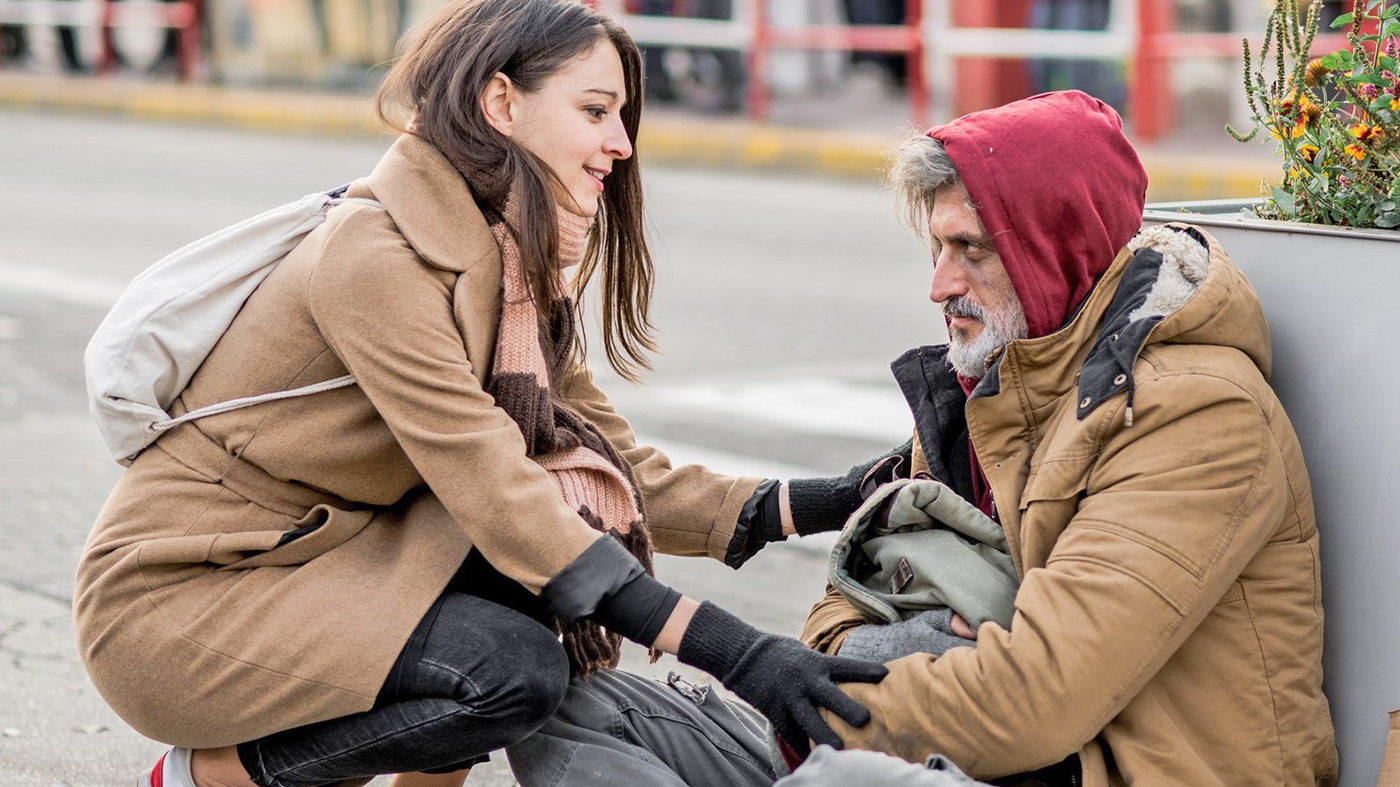During the late night of Jan. 25, into the early morning of Jan. 26, I participated in the point-in-time count, an annual count on a single night of individuals in a community who are experiencing homelessness, led by the U.S. Department of Housing and Urban Development (HUD). These one-night snapshot counts provide VA, HUD and communities with data they need to understand the number Veterans who are homeless so localized plans can be developed to address homelessness. As part of a small team, I headed out on foot with local volunteers to identify individuals, including Veterans, who were experiencing homelessness, unsheltered on the streets of the City of Baltimore, Maryland.

I was proud listening to VA staff and volunteers give individuals information on available VA and community services – for those that wanted immediate shelter, resources were available that night. We were able to let Veterans know that VA was ready and able to help.
Living on the streets is harder than any of us could ever imagine and, as Mrs. Obama stated, “Ending homelessness [among veterans] is a crucial first step, a proof point to show that we can end homelessness for everyone in this country…”.
VA has developed partnerships and engaged volunteers, like those I canvassed with in January, to be force multipliers in our work to make sure all Veterans have access to permanent housing solutions and other services to enhance their quality of life. As Executive Director of VHA’s homeless programs and as a social worker who’s been serving Veterans for more than two decades, I still get overwhelmed looking at the dedication, commitment and efforts put forth every day by thousands of VA staff, federal, state and local partners and volunteers.
As a result of these efforts and successful partnerships with HUD, as well as the United States Interagency Council on Homelessness and numerous other federal, state and local partners, we have achieved a 33 percent reduction in overall homelessness among Veterans since 2010. That means that on a given night in January 2014, there were 24,837 fewer Veterans living outside or moving from one temporary location to the next. These extraordinary teams of individuals have provided the leadership, service and all around effort in order to accomplish the goal of making sure every Veteran has a safe and stable place to call home. These individuals truly embrace VA’s core values and characteristics: integrity, commitment, advocacy, respect and excellence – “I CARE” – and our Veterans are well served because of it. Thank you!
While much has been done, there are still challenges. We must maintain and develop strong, targeted collaborations in key areas at federal and local levels and engage our partners to develop innovative and forward-thinking solutions that can lead to effective models of service. The goal of ending homelessness among Veterans is within our grasp, but challenges remain in access to affordable housing, opportunities for meaningful and sustainable employment and access to mainstream programs and services. If we can make advances in these areas – the results will be positive.
As we enter a critical phase in our goal to end homelessness among Veterans, VA is counting on steadfast partnerships and seeking new ways to address the challenges and move the nation closer to ending homelessness among Veterans by the end of 2015. Ultimately, ending Veteran homelessness will be achieved when the annual PIT count estimates that there are zero Veterans who are unsheltered and no more than 12,500 Veterans, at any time, who are on the pathway to permanent housing. The 2016 PIT count, we will tell us whether the nation has met our goal ending Veteran homelessness by the end of 2015. With everyone’s involvement and commitment, together we can end homelessness among our nation’s Veterans.
Learn more about VA’s homeless programs and get involved. If you know a Veteran who is homeless or at imminent risk of becoming homeless, refer him or her to a local VA Medical Center, where homeless coordinators are ready to help. Veterans and their families can also call 1-877-4AID-VET to get connected to VA services.

Topics in this story
More Stories
VA permanently housed 47,925 homeless Veterans in fiscal year 2024, exceeding its goals for the third year in a row.
VA Housing First changed the life of Grady Kendall, Coast Guard Veteran, because it was there when life knocked him down.
Preventing and eliminating Veteran homelessness is a top priority for VA. Wilmington VA is doing its part to help.








Thanks, Lisa, for your perspective on the PIT Count and the work being done by the field. I’m always humbled by the dedication and care shown by those who do this work every day (and night). The work is challenging and the barriers are many, but together we can help veterans make positive change in their lives and end veteran homelessness! Let’s keep up the momentum!
It is a shame that the heroes of the country need to be homeless, but I am glad there is an made to be taken care of it.
Thanks for sharing homeless programs. I know two veterans who are homeless and need support from us.